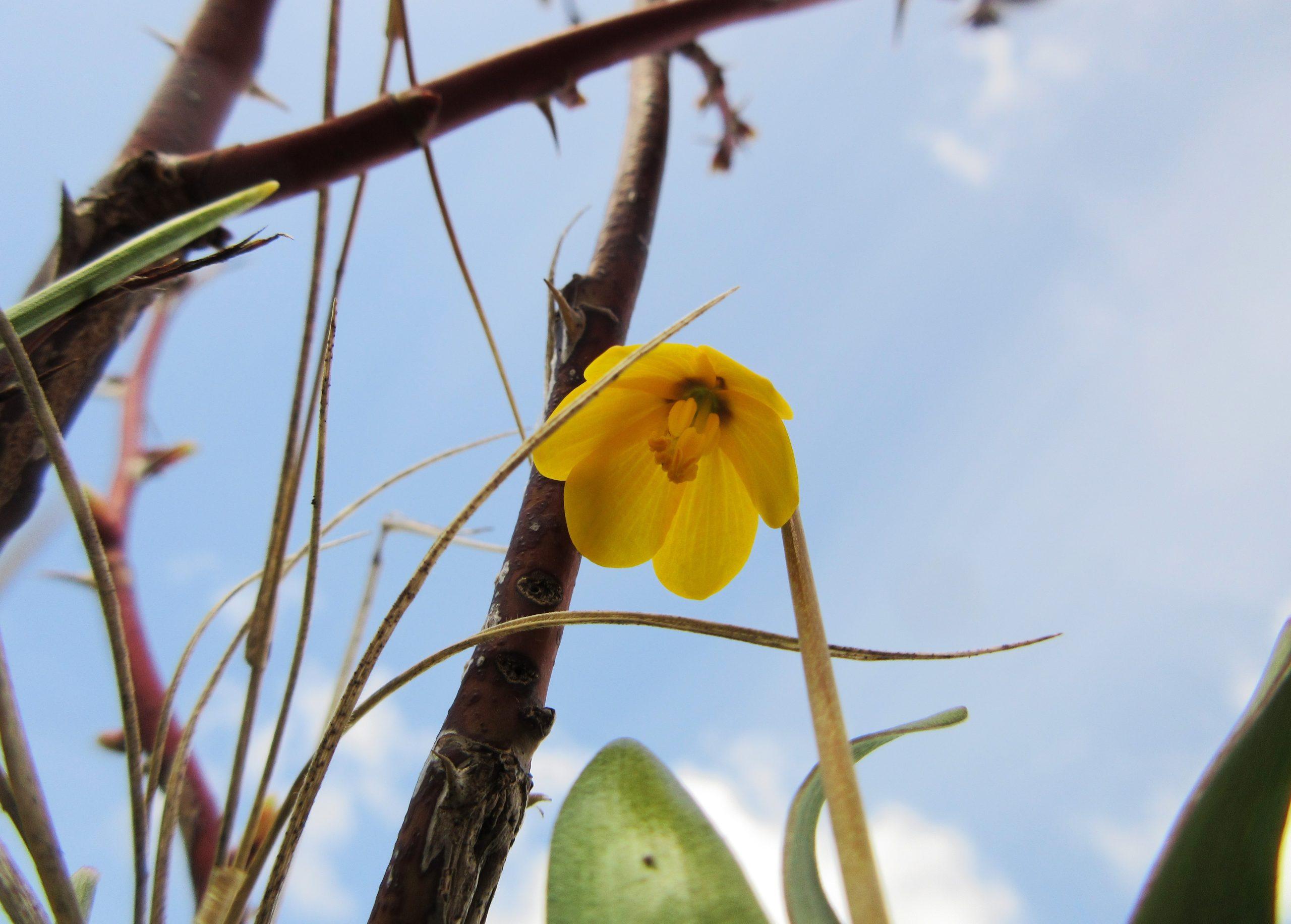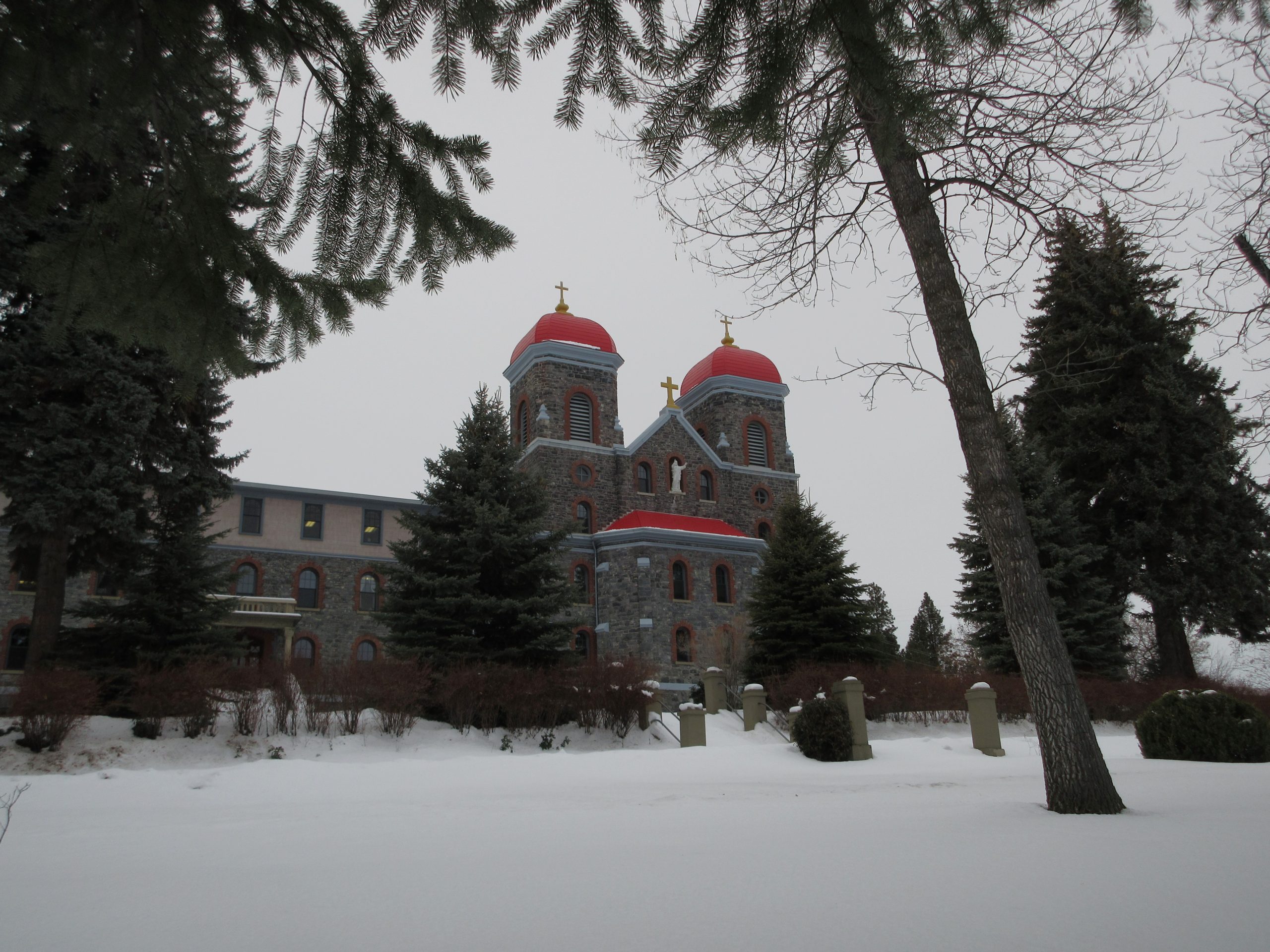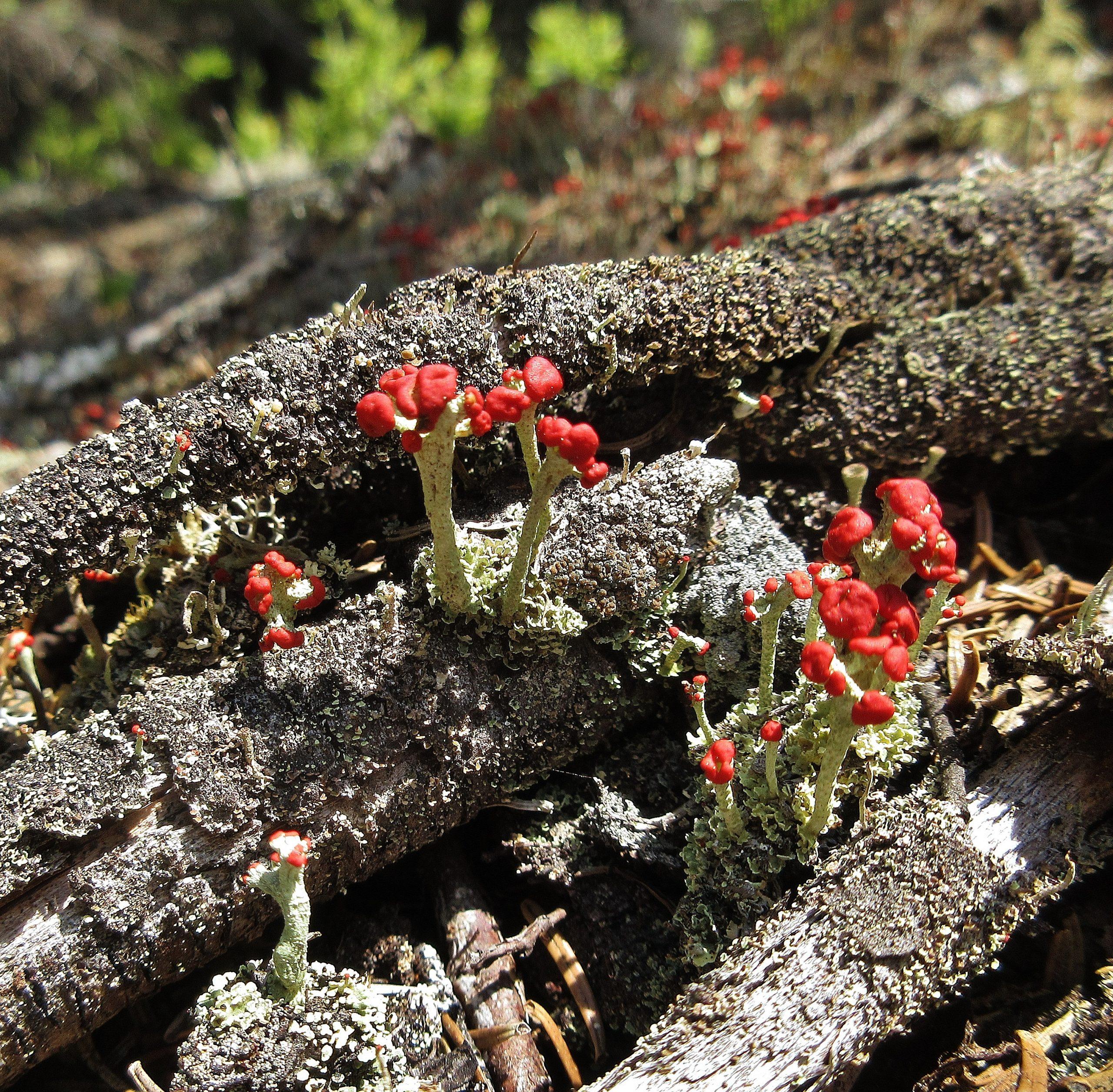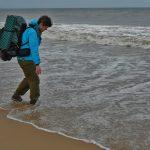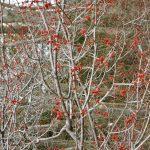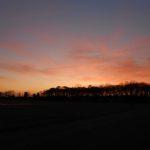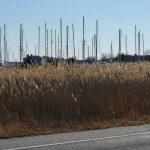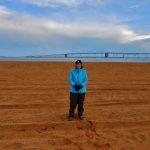In the Penobscot language, Katahdin means “greatest mountain.” It rises from the ancestral homeland of the Penobscots. According to tribal historian James Francis, the name does not refer to size, but to its spiritual significance to his people.
In 1846, Thoreau journeyed to Katahdin’s Tableland. He experienced the mountain as “primeval, untamed, and forever untamable Nature.” In 1930, Governor Percival Baxter purchased the mountain, with his own funds, from Great Northern Paper Company, then donated it to the State of Maine with the stipulation that it must remain “forever wild.” Piece by piece, he added to his initial purchase, eventually buying over 200,000 acres that became Baxter State Park.
To me, Katahdin is not just another mountain to be climbed, but a special place to be savored. Over the years, I’ve hiked every trail on the Katahdin massif, exploring all of its peaks – Baxter, Pamola, Hamlin, Chimney, South and North Peaks. I’ve climbed in summer, fall, and winter, omitting only spring, when melting snow means that trails are prone to damage and dangerous for hikers.
This year, I decided to ascend Baxter, Katahdin’s highest peak, to watch the sunrise from its lofty perch. I planned to hike up to Chimney Pond, where a backcountry campground nestles in Katahdin’s Great Basin, then climb the Saddle Trail in the wee hours by the light of my headlamp.
I made reservations that would have allowed me to view the Summer Solstice sunrise, but the Saddle Trail remained closed due to lingering snow and ice. The Cathedral Trail presented a possible alternative. Though I’ve enjoyed climbing both up and down this trail in daylight, scrambling two thousand vertical feet up its very steep boulders alone in the dark struck me as somewhat sketchy. So I opted to wait until the week of July Fourth, when I had made backup reservations.
As it turned out, my adventure started before I even reached Baxter State Park. On the road between Dover-Foxcroft and Milo, I spotted a snapping turtle about to cross the asphalt. I knew he/she would be slow, and the road is fairly busy. I pulled over to the side and considered what to do. For the moment, there was no traffic in either direction. The turtle was large, roughly two feet long not counting its tail, and I knew its powerful bite could seriously injure my hands. I pulled out my trekking poles and tried to use them to guide the turtle across the road. As I expected, the turtle did not appreciate my attempt to help, and he/she started snapping at the poles. But my prodding did get the turtle moving toward the other side.
By the time the turtle was in the middle of the road, a line of vehicles was accumulating in both directions. I was grateful that no one honked as the turtle and I made gradual progress. As we neared the opposite shoulder, a woman jumped down from her truck and came to our aid. In a quick and forceful motion, she bent down, grabbed the turtle on either side of its shell behind the midpoint – where her hands were just beyond the reach of its jaws – picked him/her up, and half lifted, half threw the turtle to safety. I must admit that, in this respect, she was much braver than I. Snapping turtles can break bones or even bite a finger off altogether.
Mission accomplished, I continued on toward Baxter State Park. I stopped just outside the gate for a view of Katahdin from the shore of Togue Pond. Its upper elevations were shrouded in clouds.
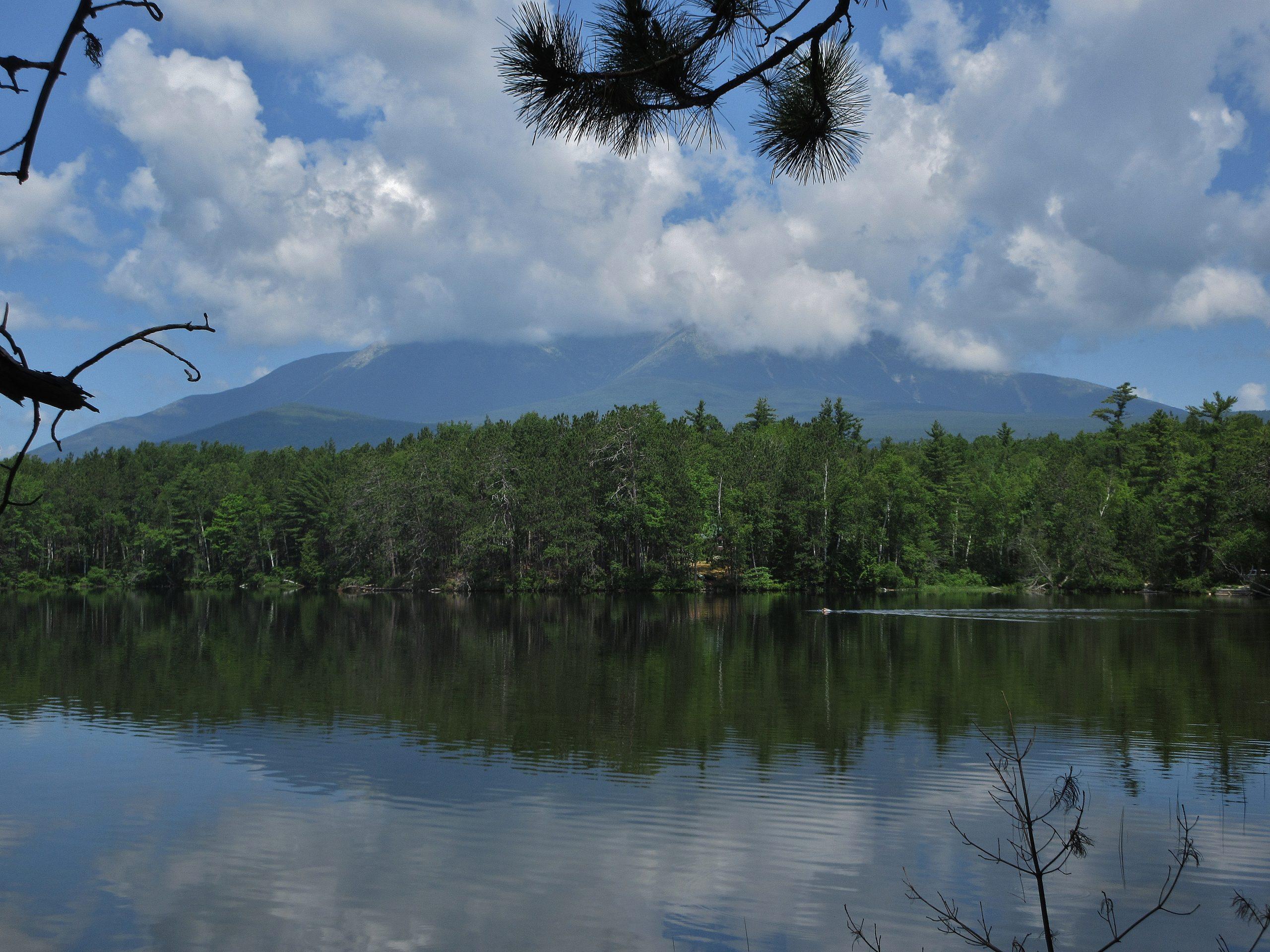
I parked my car at Roaring Brook, strapped on my pack, and headed up the rocky trail toward Chimney Pond. I soon passed the standard warning sign for hikers entering Baxter’s backcountry.
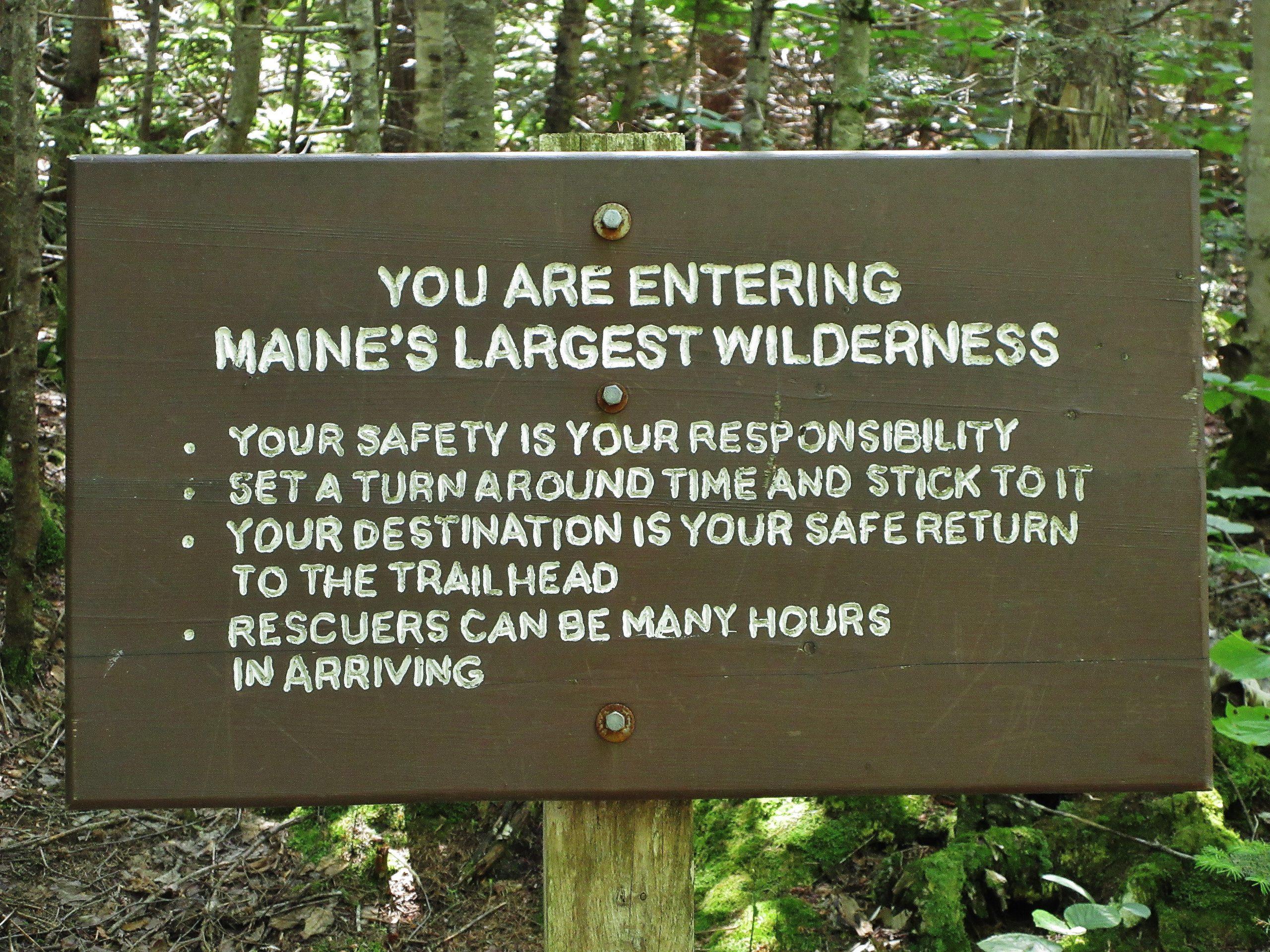
About halfway up to Chimney Pond, I followed a short side trail to a bog where carnivorous pitcher plants grow.
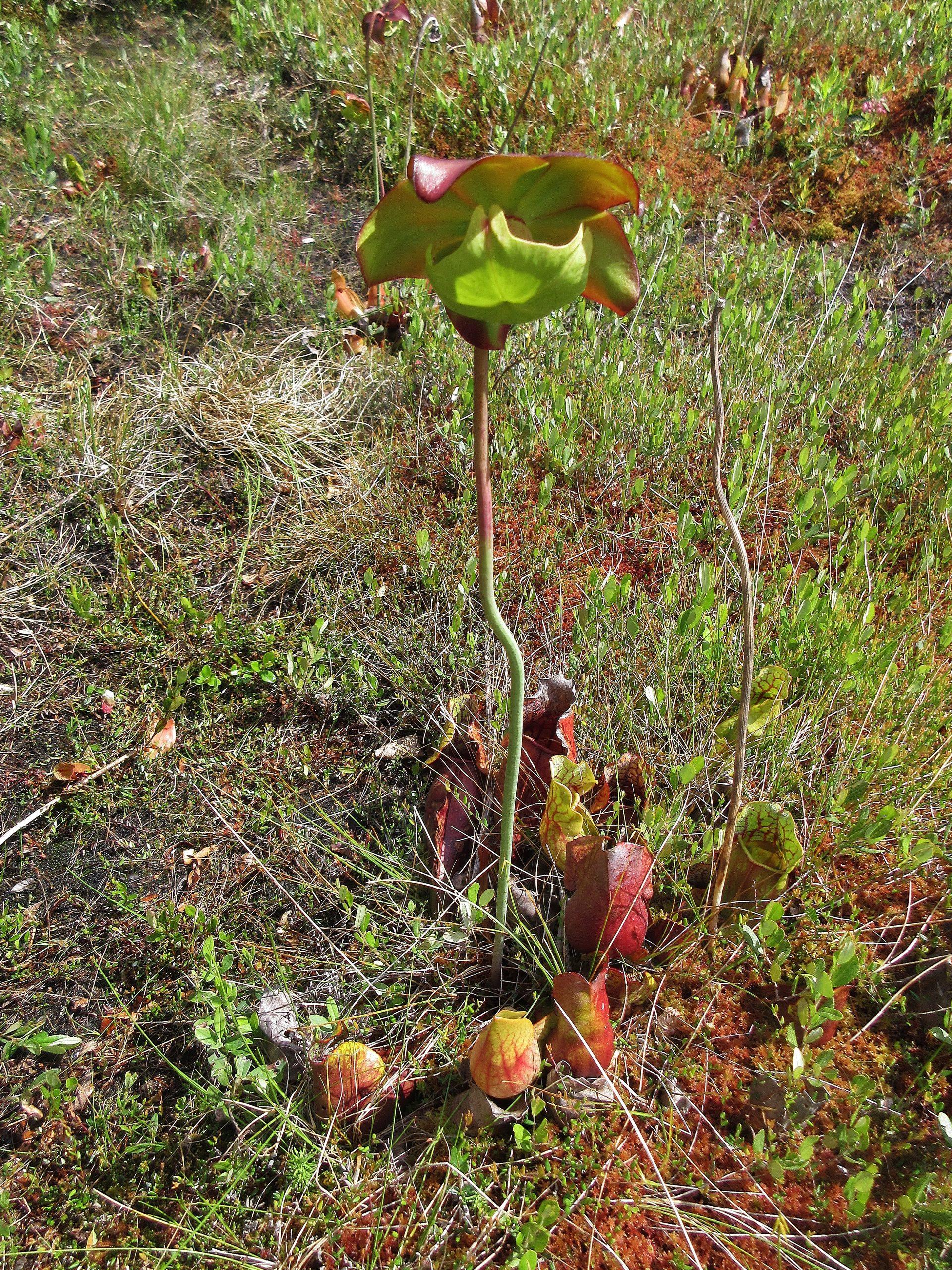
Near the bog, sheep laurel was in bloom. Also known as lambkill, this plant is toxic to livestock who eat it.
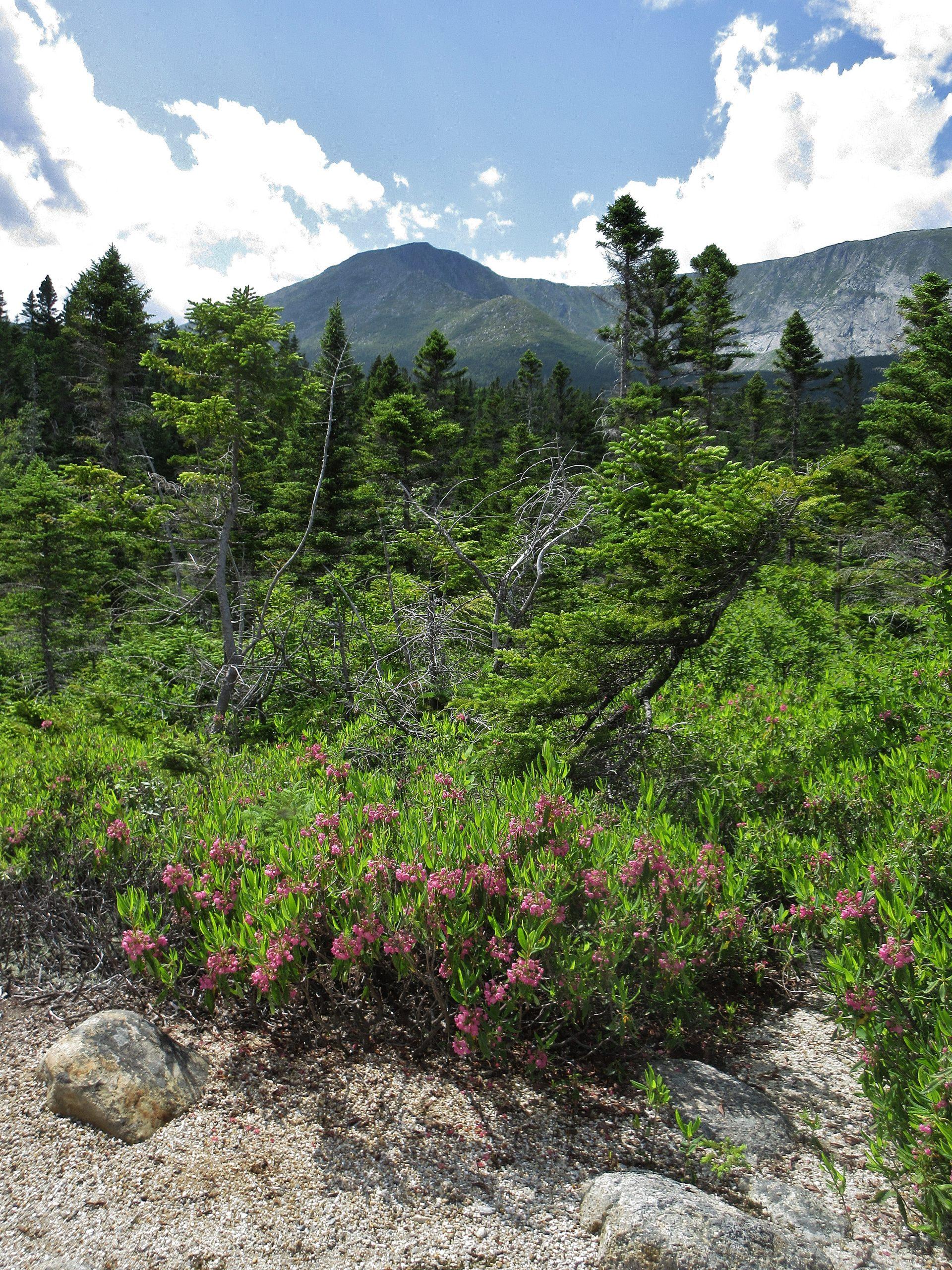
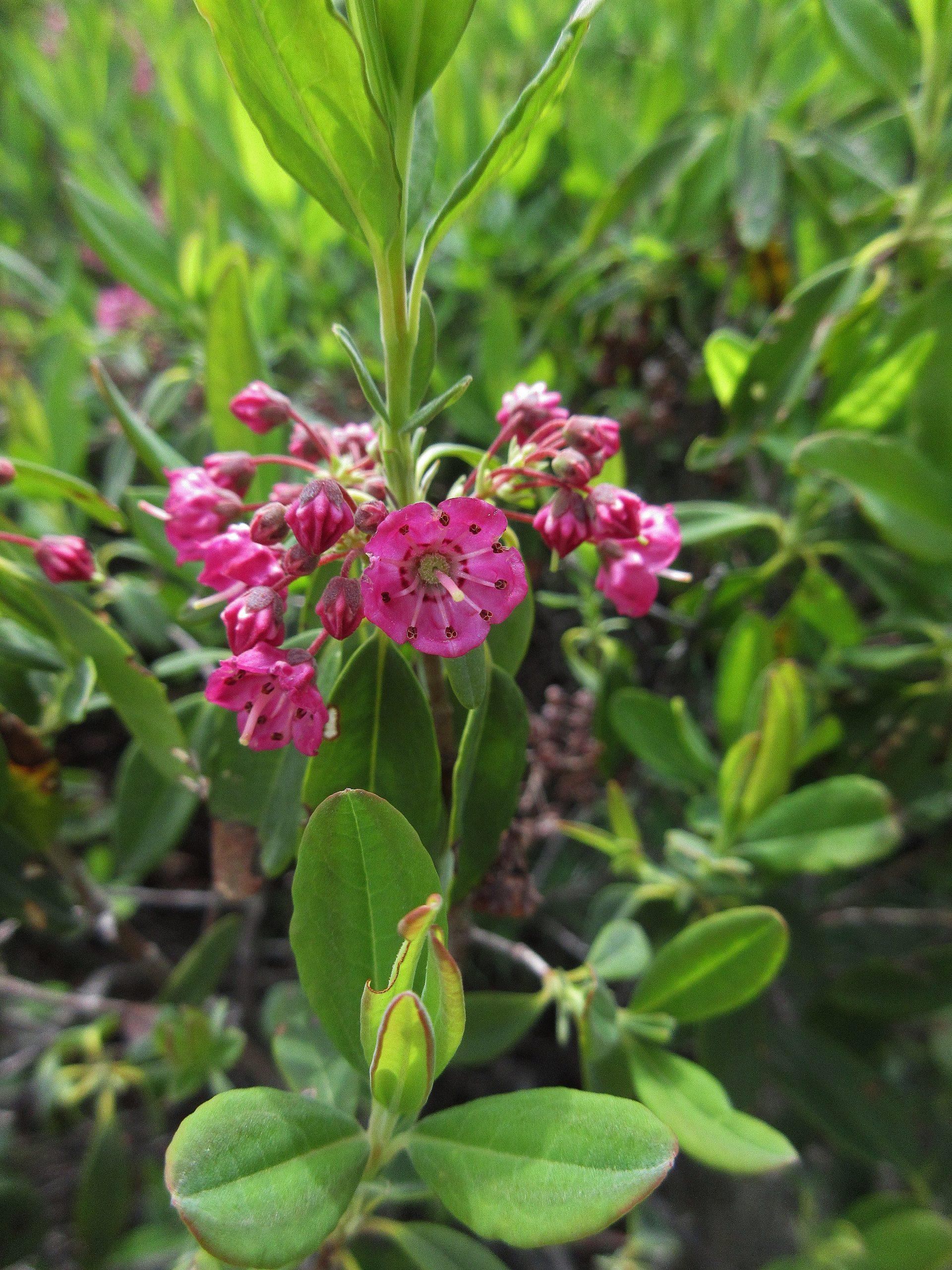
The wall of Katahdin’s South Basin rises above Chimney Pond. Baxter Peak is at the right edge of the photo, Pamola on the left. The Knife Edge, a high, narrow ridge walk, connects the two. A few small patches of snow had yet to melt.
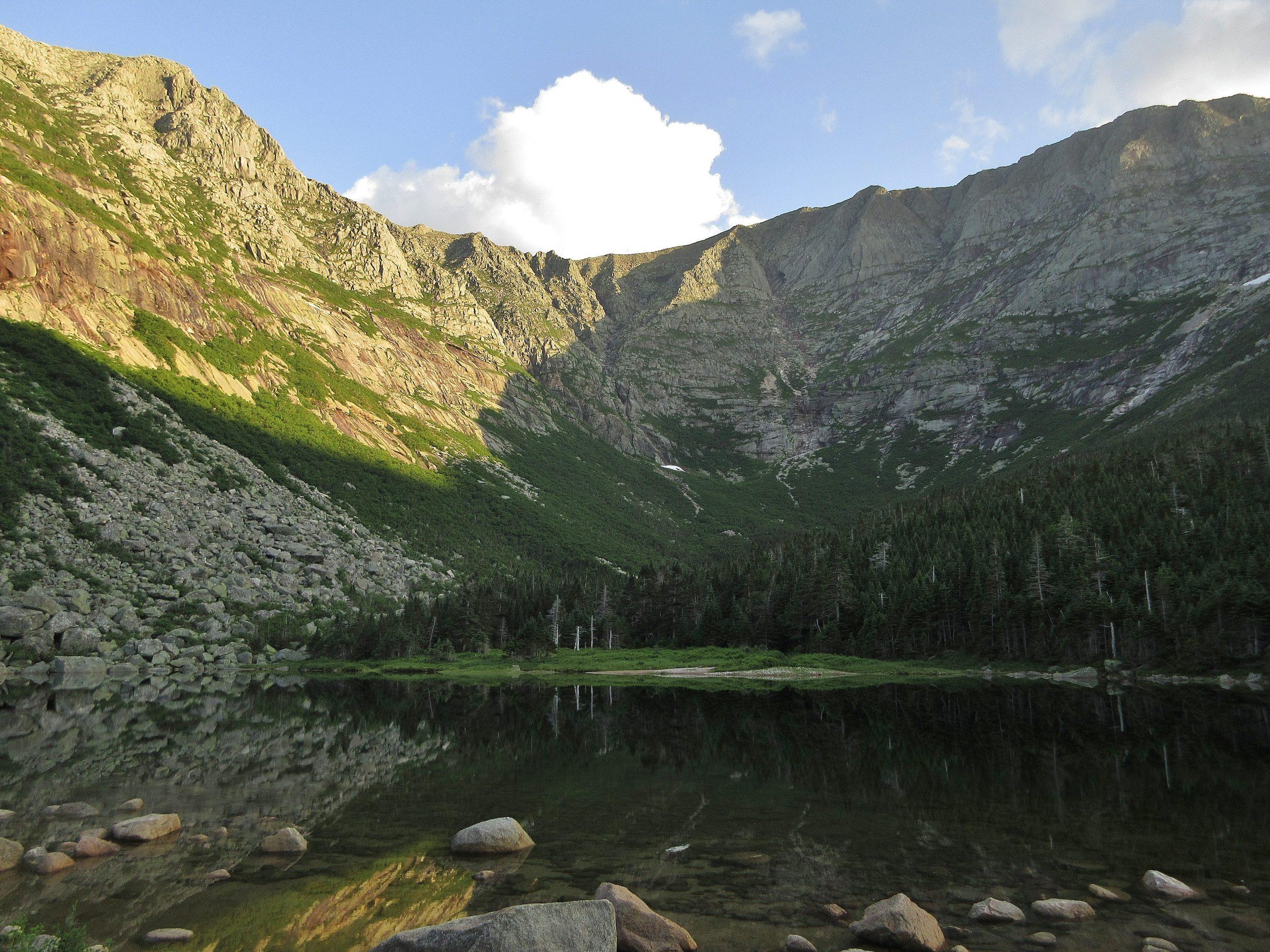
As I stood at the pond’s edge, a female Common Goldeneye swam by.
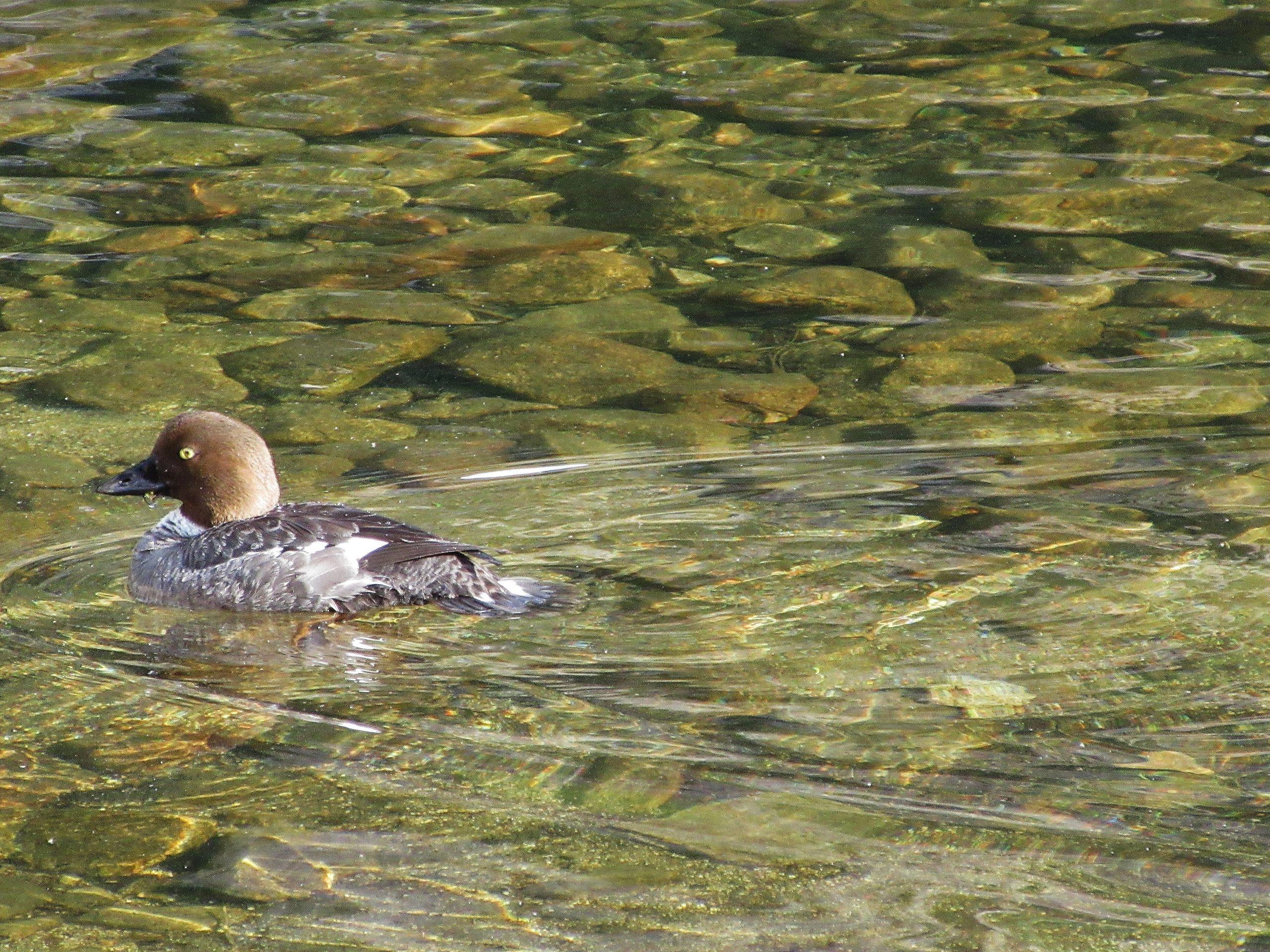
I had a simple lean-to near Chimney Pond all to myself. I got into my sleeping bag around sunset, wanting to get a few hours of rest before resuming my hike. By 1 AM, I was back on the trail. After rock-hopping my way across Saddle Brook, I reached the base of the Saddle Slide. This rock slide ascends sharply about 600 vertical feet to the saddle between Baxter and Hamlin Peaks. I clambered up as quickly as I could, my vision limited by the range of my headlamp beam, unsure how close I was getting to the top. At a quarter to three, I was delighted when the sign marking the upper end of the slide appeared from the darkness.
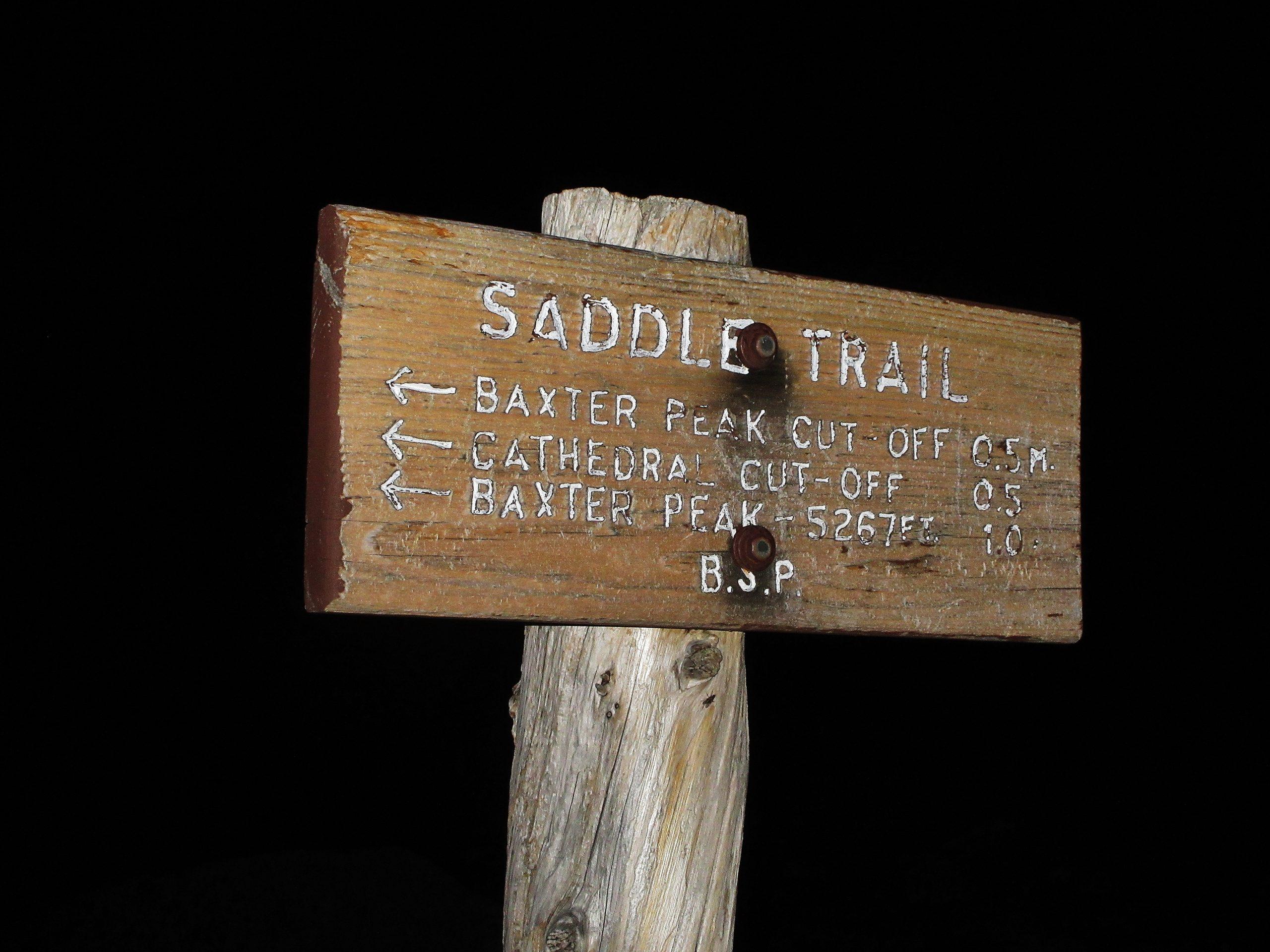
I paused in the nighttime stillness to take a good look around me. I stood alone on the Saddle: Hamlin Peak to the north, Baxter Peak to the south, the world dropping away to the east and west. Chimney Pond, with its slumbering backpackers, lay far below. I saw a faint twinkling on the slide – was someone else en route?
A waning moon shone in the black sky overhead. My eyes sought out the Big Dipper, the North Star, and Cassiopeia. Jupiter was a bright point of light above the eastern horizon, where the dawn would soon kindle.
I headed on toward Baxter Peak. By three twenty, a band of orange embers glowed in the east.
As the summit sign came into view, the headlamps I had seen beneath me drew nearer. A party of three men – two middle-aged brothers and their young adult son/nephew – had started at midnight from Roaring Brook and made quick progress up the trail. We all reached the summit about 4 AM.
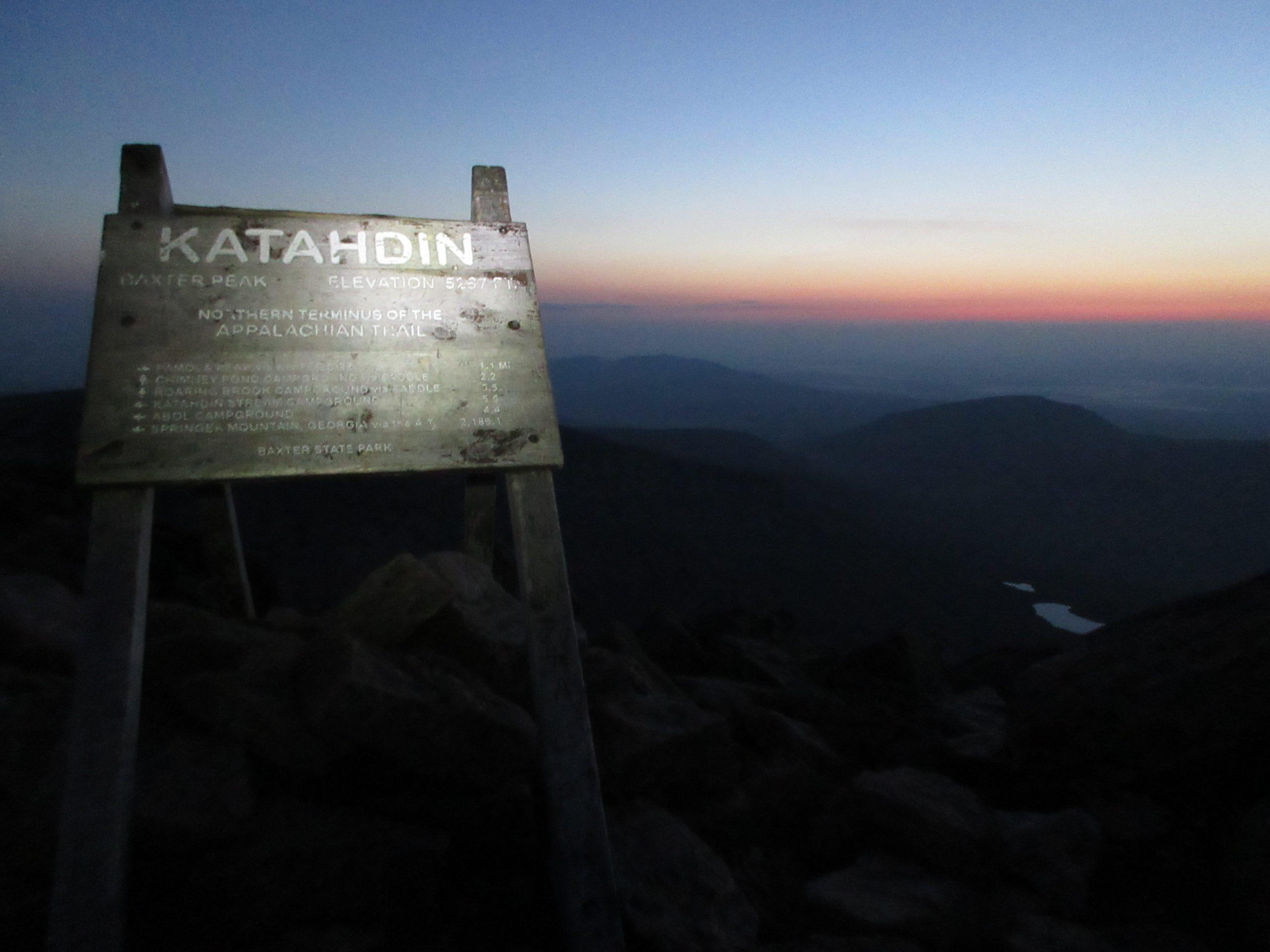
After a few words of greeting, we each found our own perch and settled down in silence to watch the progress of the morning light. The eastern horizon gradually changed from orange to pink.
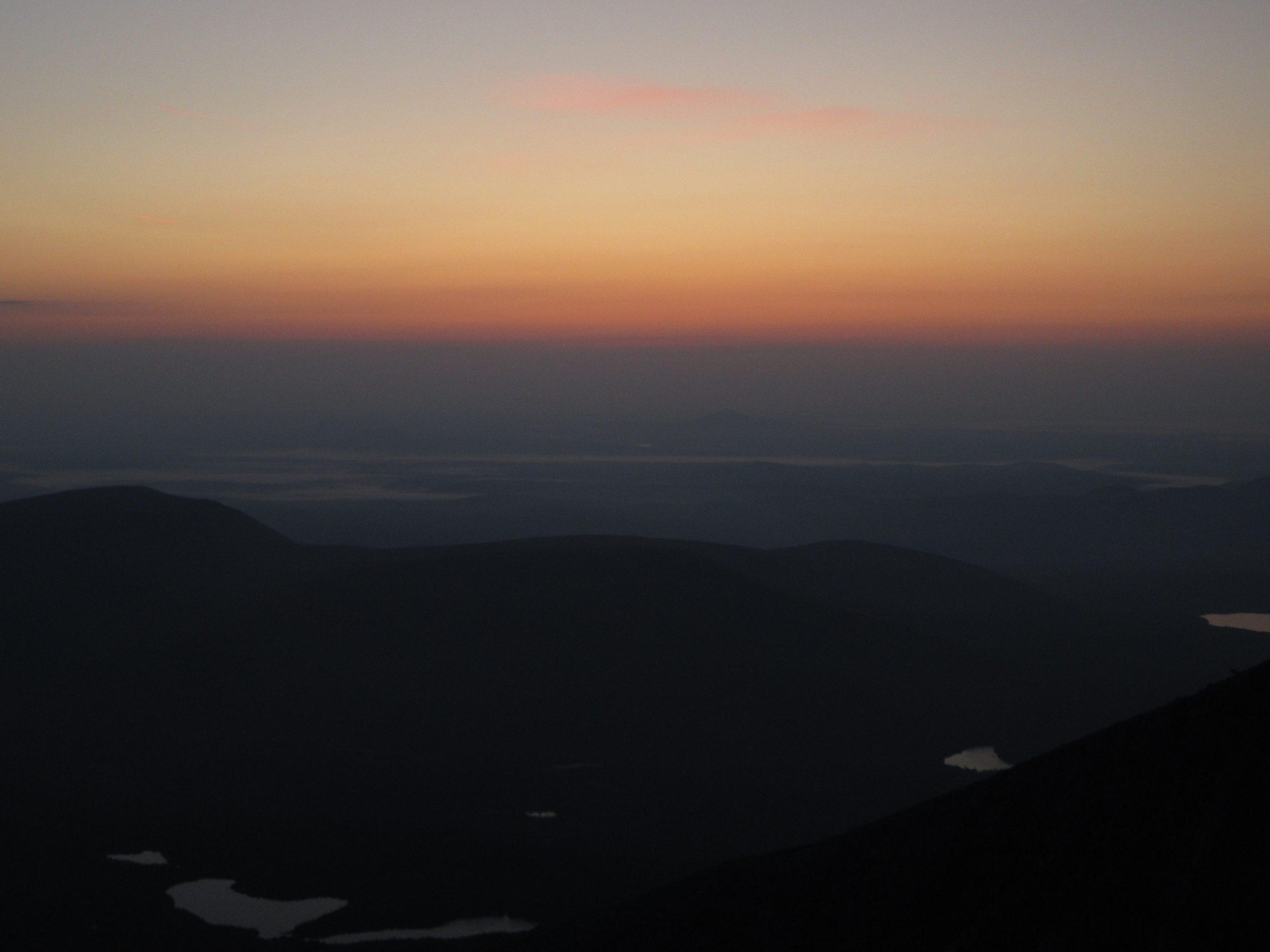
Then the colors faded into gray. It seemed that clouds would hide the rising sun. But at 4:46 AM, the young man exclaimed “There it is!” All eyes followed his to a pink disc emerging from the void.

I played with the settings on my camera to get a close-up view of the sun that went beyond my human vision.
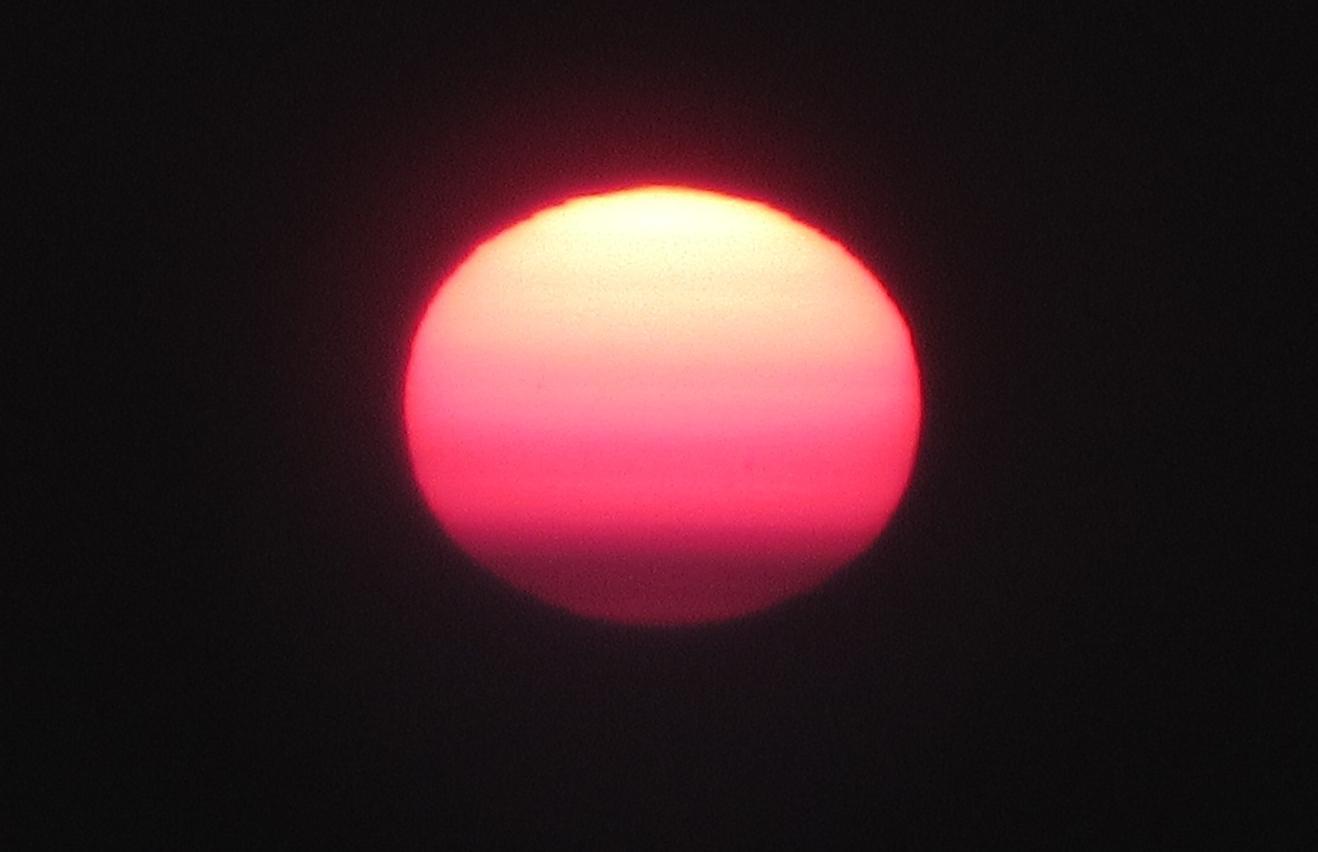
By 5 AM, the new day was well underway.
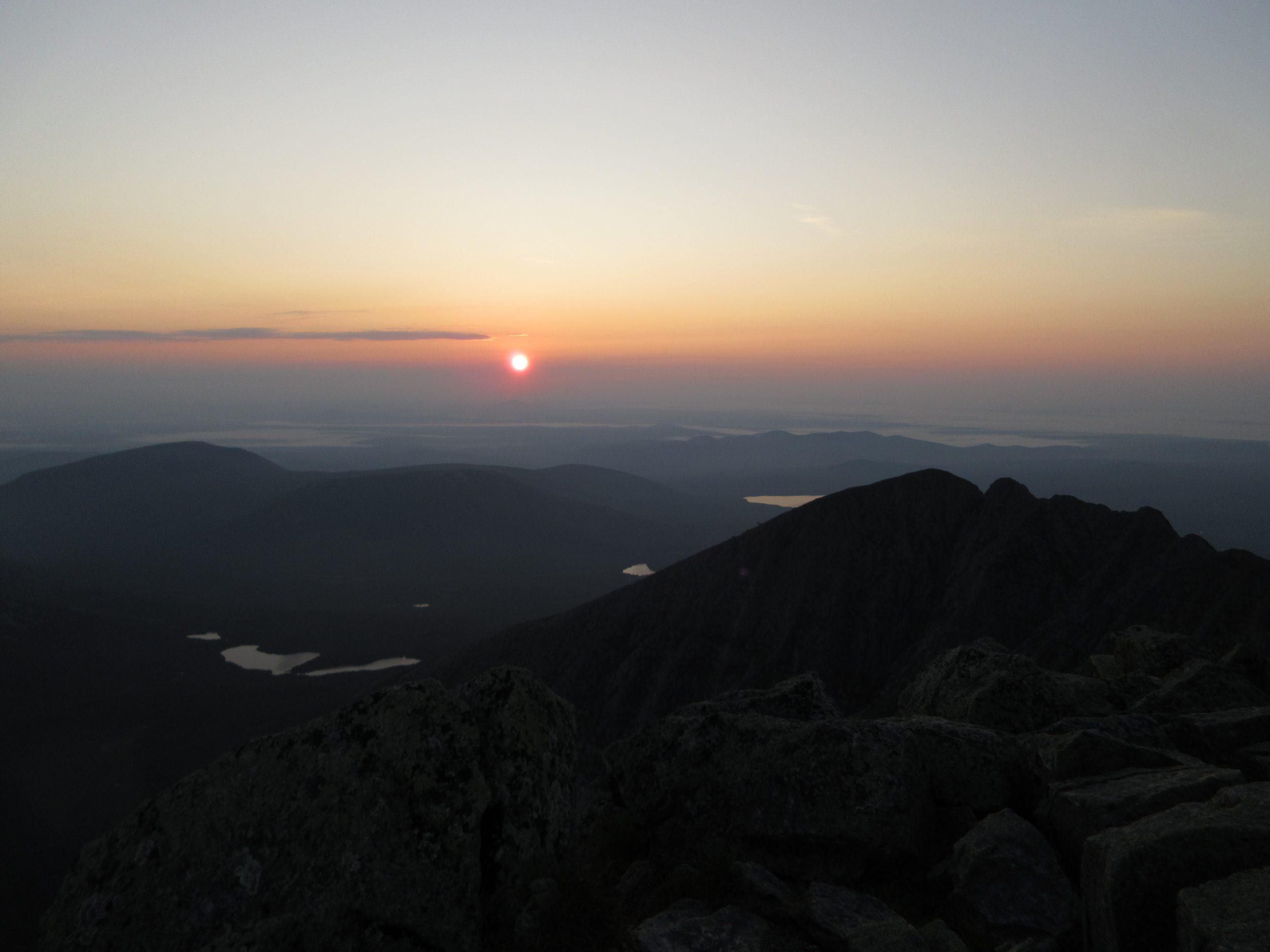
The men started back down the mountain. I had the summit all to myself, and I lingered to enjoy it. I was surprised how vigorous I felt, despite my limited sleep and nocturnal exertions.
I had brought a can of sparkling water and a clear cup. As the sun shone through the liquid, I captured photons that had left the fiery solar surface just eight minutes before. As I drank, I was conscious of the sun’s energy entering my body.
Of course, this is an everyday miracle: all life on Earth is powered by the sun, and we absorb sun-fresh photons whenever we go outdoors in daylight. But I seldom stop to think about it. On Katahdin’s summit, where the world around me is reduced to basic elements of rock, air, and light, fundamental realities come into sharper focus.
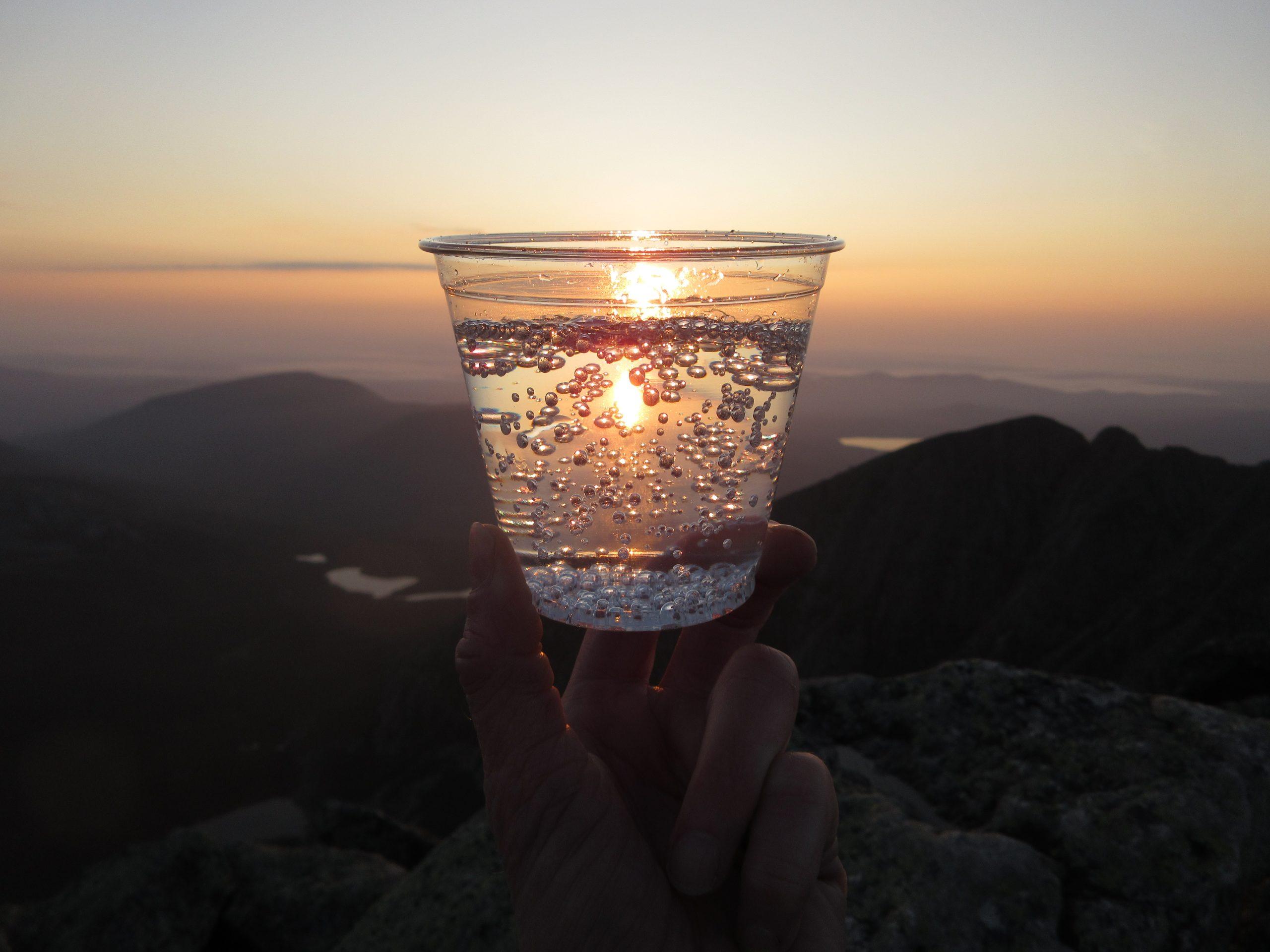
As I looked across the slender ridge of the Knife Edge toward Pamola, I was surprised to see a lone figure running toward me. The man appeared confident in his strength and balance, unconcerned about the precipitous drop-offs to either side of the narrow path. He soon joined me on the summit. He had left Roaring Brook about three twenty, traveling more than twice as fast as I could, and watched the sunrise from Pamola; he planned to continue over Hamlin Peak before heading down. He offered to take my photo. Because I do so much of my hiking solo, I don’t have many images of myself on mountaintops, so I gladly accepted.
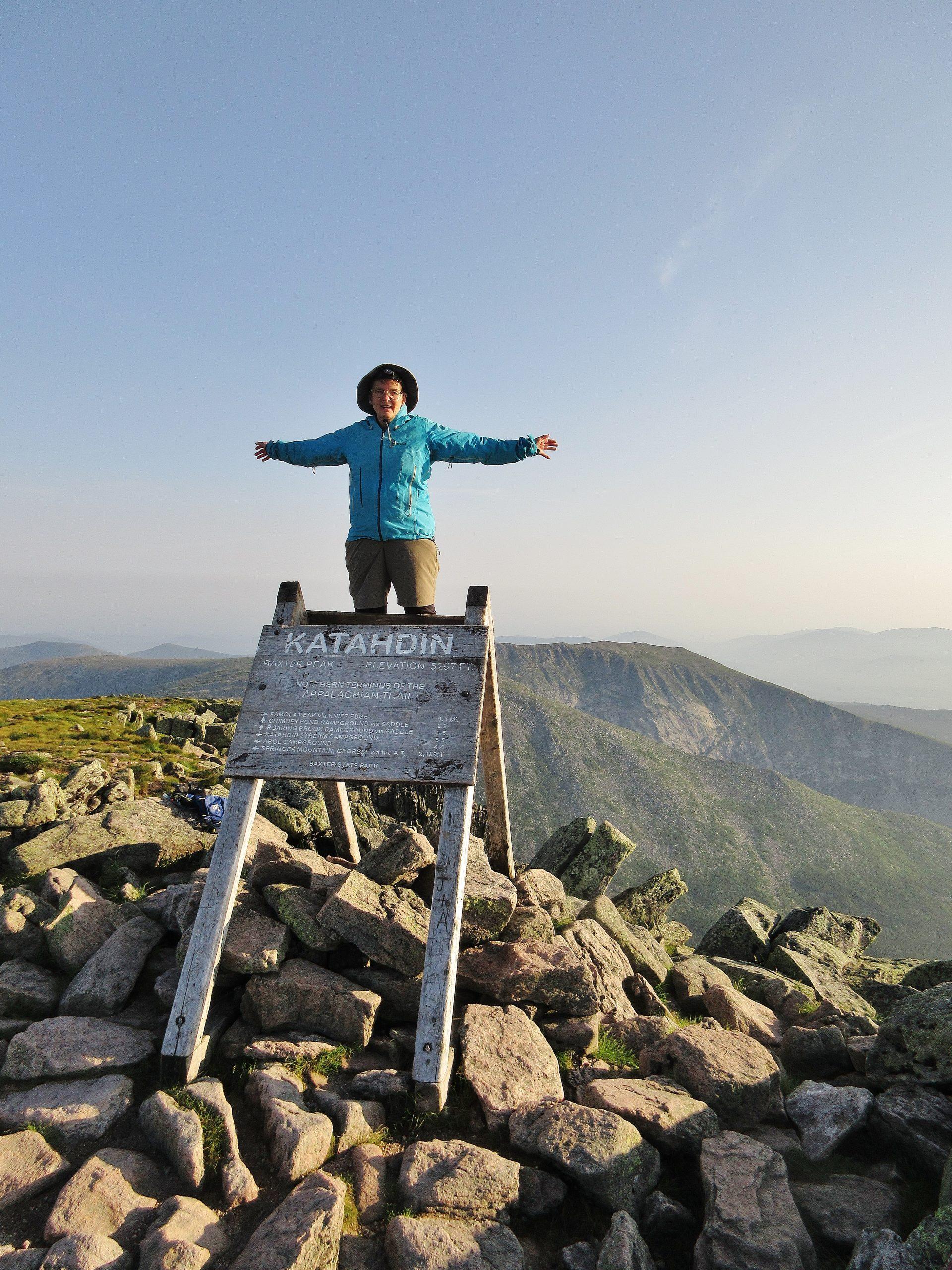
I always find it hard to leave a summit I’ve labored hard to reach. I remained a little longer, taking a few final photos. I sought to capture the salmon pinkness of Katahdin’s granite, and the contrast with the green lichen that encrusts it.
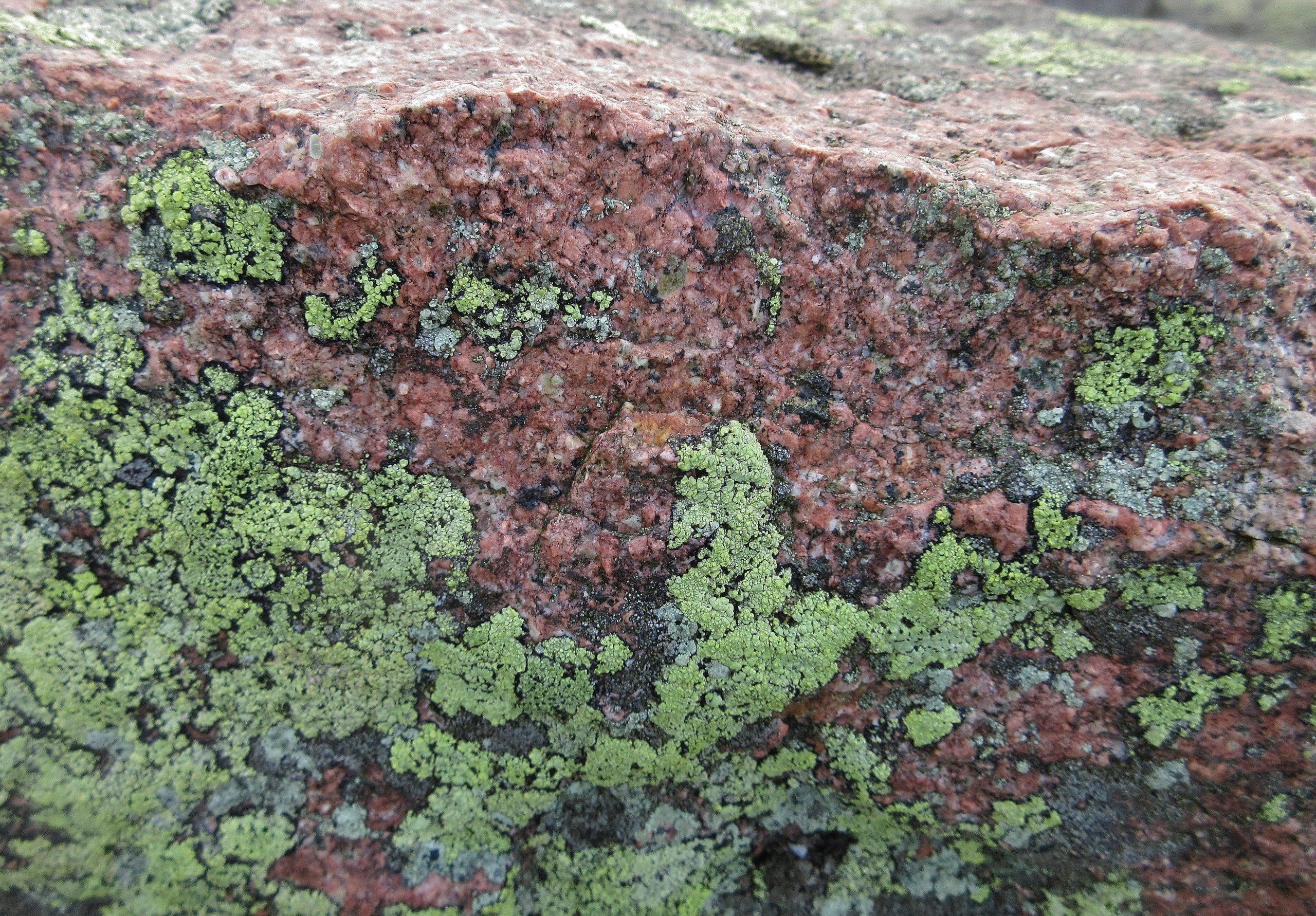
I slowly made my way back down. Having summited so early, there was no need to hurry; the day was still new. When I reached the top of the Saddle Slide, I was surprised to hear someone call my name. It turned out to be Nava Tabak, Baxter’s Natural Resource Director, whom I’d met in June through my work with the Appalachian Trail Conservancy. Nava studies the rich life of Katahdin’s alpine tundra. The Katahdin Arctic butterfly – found nowhere but on this mountain – flies only on calm days in July, like this one.
I worked my way down the Saddle Slide, stepping carefully to avoid slipping on the loose rock underfoot, passing a line of hikers toiling upwards under an increasingly hot sun. As I approached treeline, I turned and looked back to see what I had climbed in the darkness.
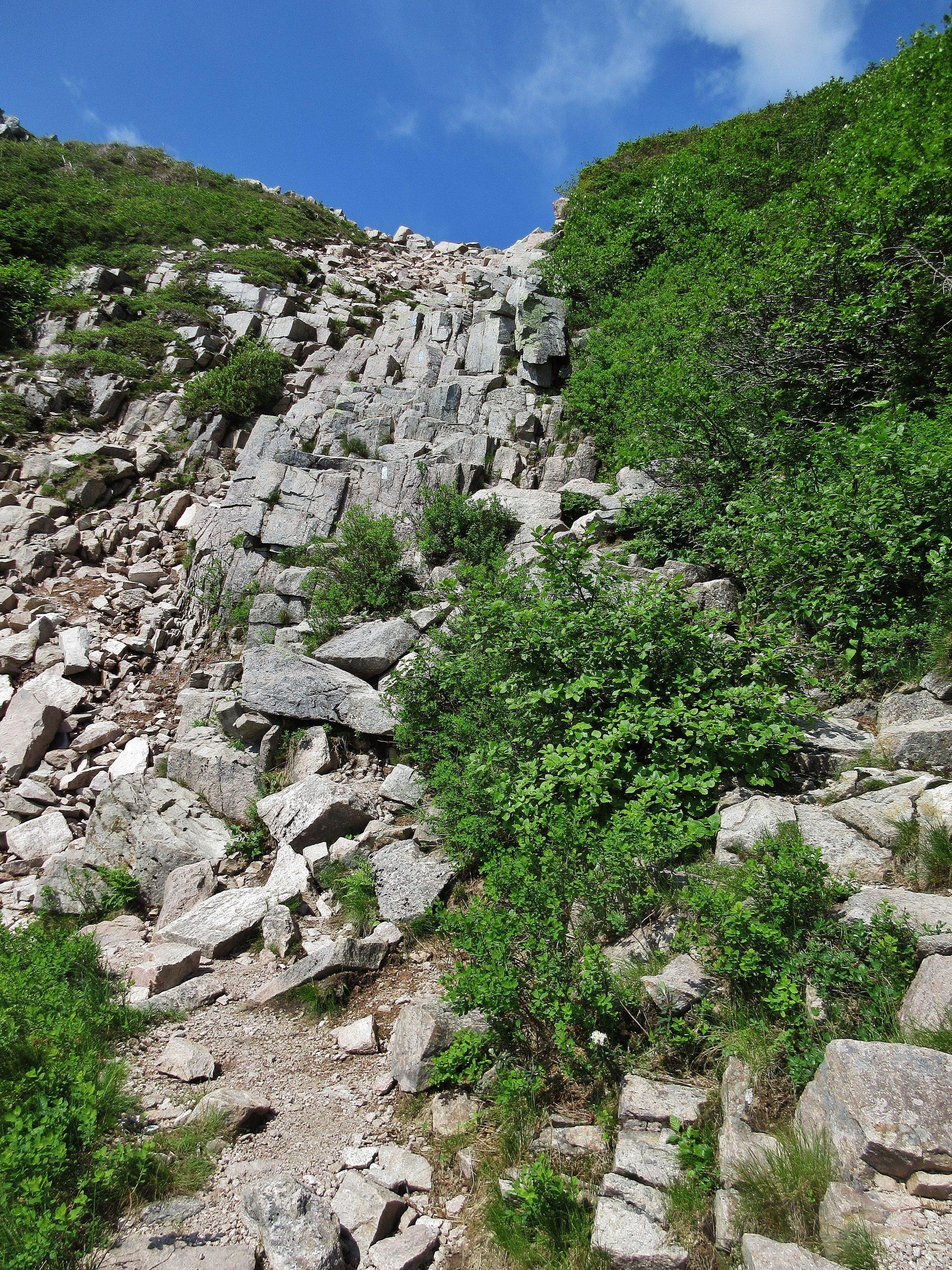
In the cool of early morning, I had felt young and strong, despite my sixty-plus years. As the temperature rose into the nineties Fahrenheit, my energy evaporated with my perspiration. I do much better exercising in cold than heat. As the day wore on, I felt more and more like the proverbial limp dishrag. I’m always a bit reluctant to leave Baxter, but on this day, the promise of electrolyte-rich drinks and salty food made town more appealing than usual. I had packed iodine tablets to purify water from sources along the trail, and I thought I was drinking enough to stay adequately hydrated. I realized how short I had fallen when I stepped on my scale the next morning. I had lost four pounds, meaning my body was missing two liters of water.
But my memories of stars gleaming from the black sky above the Saddle, and the luminous colors of the dawn, were worth every drop of sweat.
Those memories got me to thinking that I should try for an encore. I had some “Baxter bucks” – credits from my cancelled Summer Solstice reservation – in my account, and I used them to book a berth in the Chimney Pond bunkhouse in the first week of September.
As the date approached, the weather looked iffy. There was a chance that Katahdin’s summit would be socked in. On the other hand, inspiring views from Katahdin don’t require perfectly clear weather. When its heights are shrouded in a shifting veil of mist, with windows that open intermittently, offering transient glimpses of the world below, I feel as though I’ve entered another dimension, apart from ordinary space and time. And so I resolved to go, knowing that whatever the weather, the mountain would not disappoint me.
Two months had passed since my July hike. The sun would appear more than an hour later and well to the south of its earlier position. As I approached the summit, swirling mist yielded fleeting views of Orion, the hunter, to the south. Venus shone brightly above the eastern horizon. I was almost in the clouds.
As the sun rose from the mist, directly over Pamola, its disc turned from brilliant pink to orange.
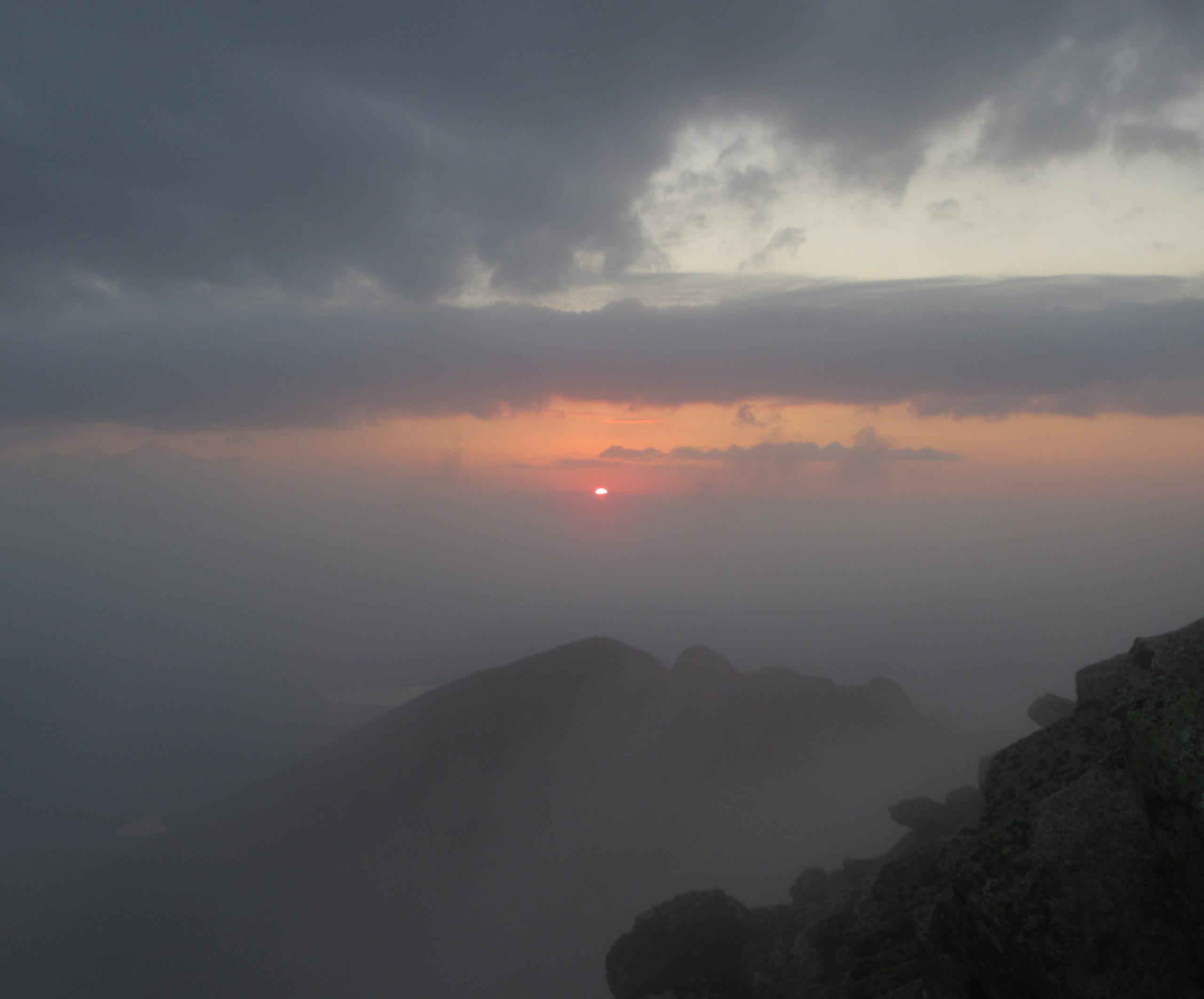
The sun rose higher, suffusing the surrounding clouds with golden light. I had the sense I was in an ancient temple, the fulfillment of the longings of many weary pilgrims, the summit cairn marking a spot too sacred to be described in words.
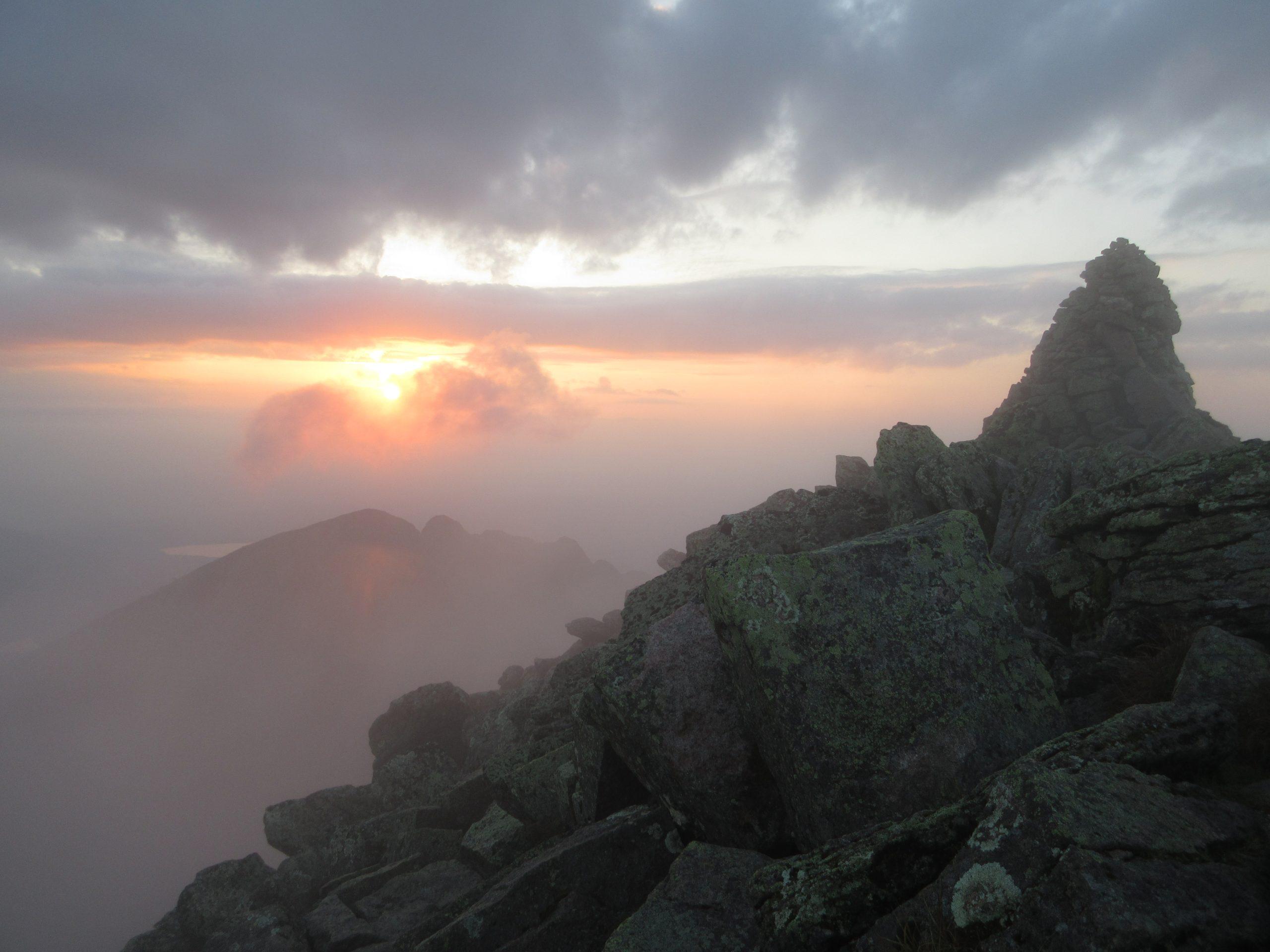
Each sunrise is unique, an ephemeral poem of colors that flare and fade just once. Each is a singular gift, different from all others in the past or future. It is our privilege to awaken while it is still dark and struggle up the mountain to claim the gifts the cosmos offers us.
I had meant to write this blog post soon after my July sunrise adventure. However, the busy-ness of summer got in the way. I manage an Appalachian Trail Conservancy center for hikers in Monson, about a hundred and fifteen trail miles south of Katahdin. This year, unusually heavy rains have raised stream flows to levels that sweep unwary hikers off their feet. I’ve spent long days monitoring water levels, coaching hikers on safe fording techniques, and disseminating information about walkarounds when flows crossed the line from challenging to dangerous. My writing time got squeezed out of my schedule.
But reconsidering my memories, photos, and notes now, two months after July’s sunrise summit, has reminded me of the truth of Thoreau’s words: “It is after we get home that we really go over the mountain, if ever.” Immersion in the moment, giving ourselves fully over to the sights and sounds and smells and sensations of a hike at the time we’re living it, provides the raw material of experience. But each time we revisit that experience, we have the opportunity to delve deeper, to find layers of meaning we would otherwise miss. I’m grateful to you – my readers – for inspiring me to carve out the time to reflect on my adventures.


